Deep-sea fishing is an exciting adventure that requires careful preparation, especially when it comes to what to wear.
The open ocean exposes you to various elements such as sun, wind, and water, which can be extreme at times. Therefore, choosing the right clothing is crucial for a comfortable and enjoyable trip.
In this article, we will explain what to wear when deep sea fishing, and the do’s and don’ts. So, without further ado, let’s start.
The Best Clothing Material For Deep-Sea Fishing
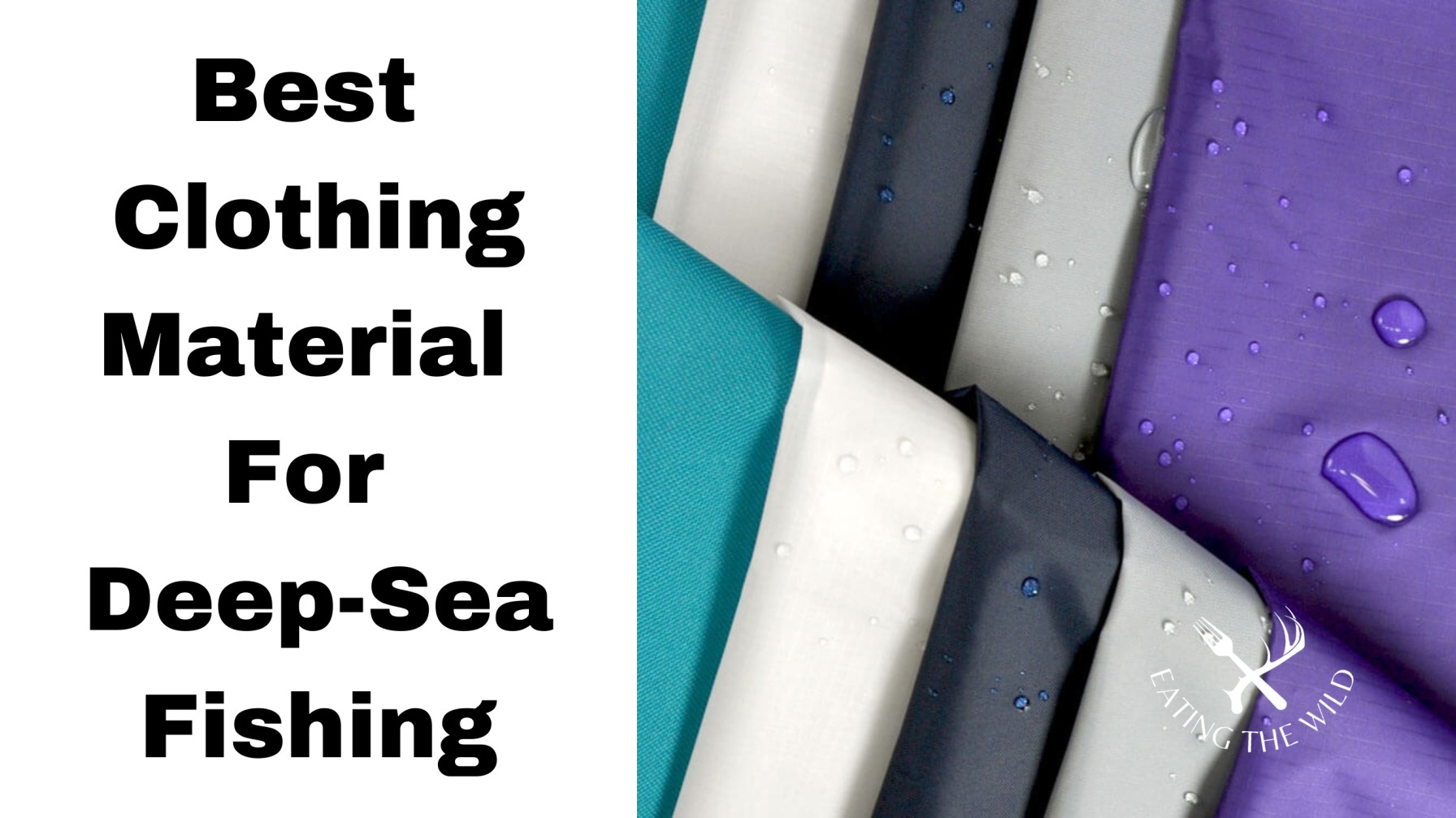
When it comes to the best clothing material for deep-sea fishing, synthetic materials are the top choice. These include polyester, nylon, and polyurethane. These materials are lightweight, quick-drying, and breathable, making them ideal for the conditions you’ll face out on the open water.
Synthetic materials are superior to cotton for deep-sea fishing because cotton retains a lot of water and takes a long time to dry. Moreover,
synthetic materials help to wick away sweat, which is particularly useful when you’re reeling in a big catch under the hot sun.
Dress According to the Weather and Check the Forecast
Before heading out for your deep-sea fishing trip, it’s essential to check the weather forecast. The conditions at sea can change quickly, and dressing appropriately will help you stay comfortable regardless of the weather.
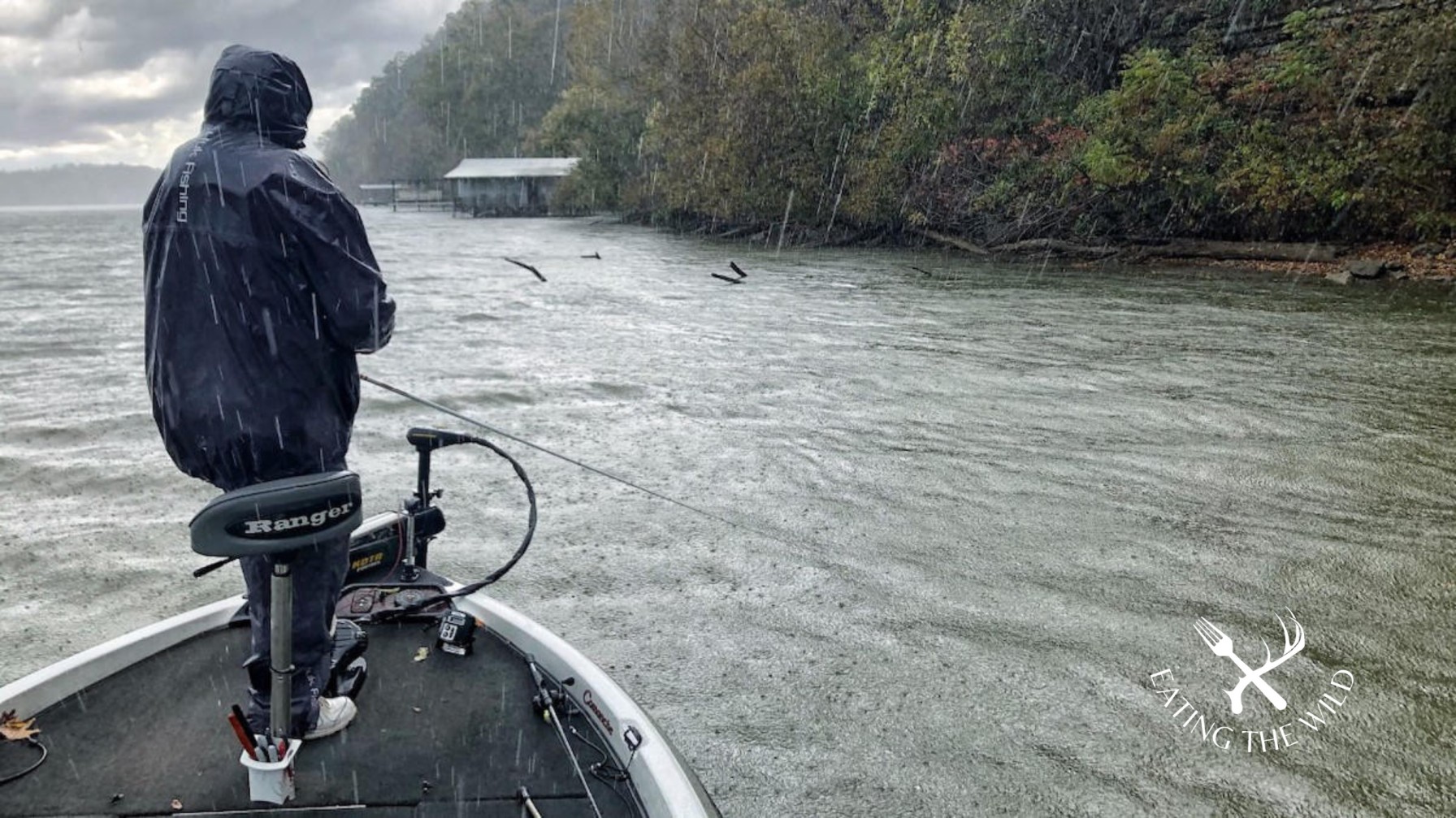
In hot weather, opt for comfortable, lightweight, and breathable clothing. Shorts and a T-shirt or a lightweight long-sleeved shirt made of quick-drying material are good options.
A wide-brimmed hat is essential to protect your head, scalp, and skin from the sun. Polarized sunglasses are also recommended to protect your eyes from the sun’s UV rays and the intense glare reflected from the water.
In colder or windy conditions, layering is key. Start with a base layer with long sleeves and a hoody made from synthetic material. You can then add another shirt or a sweater for extra warmth. A waterproof coat or jacket is also a good idea to protect you from rain or sea spray.
Footwear is another important consideration. Choose sturdy, waterproof, and slip-resistant shoes or boots for safety and comfort. If you’re boarding from the shore and have to wade in shallow water, tall waterproof boots can keep your feet dry.
What To Wear On Your Upper Body When Deep-Sea Fishing
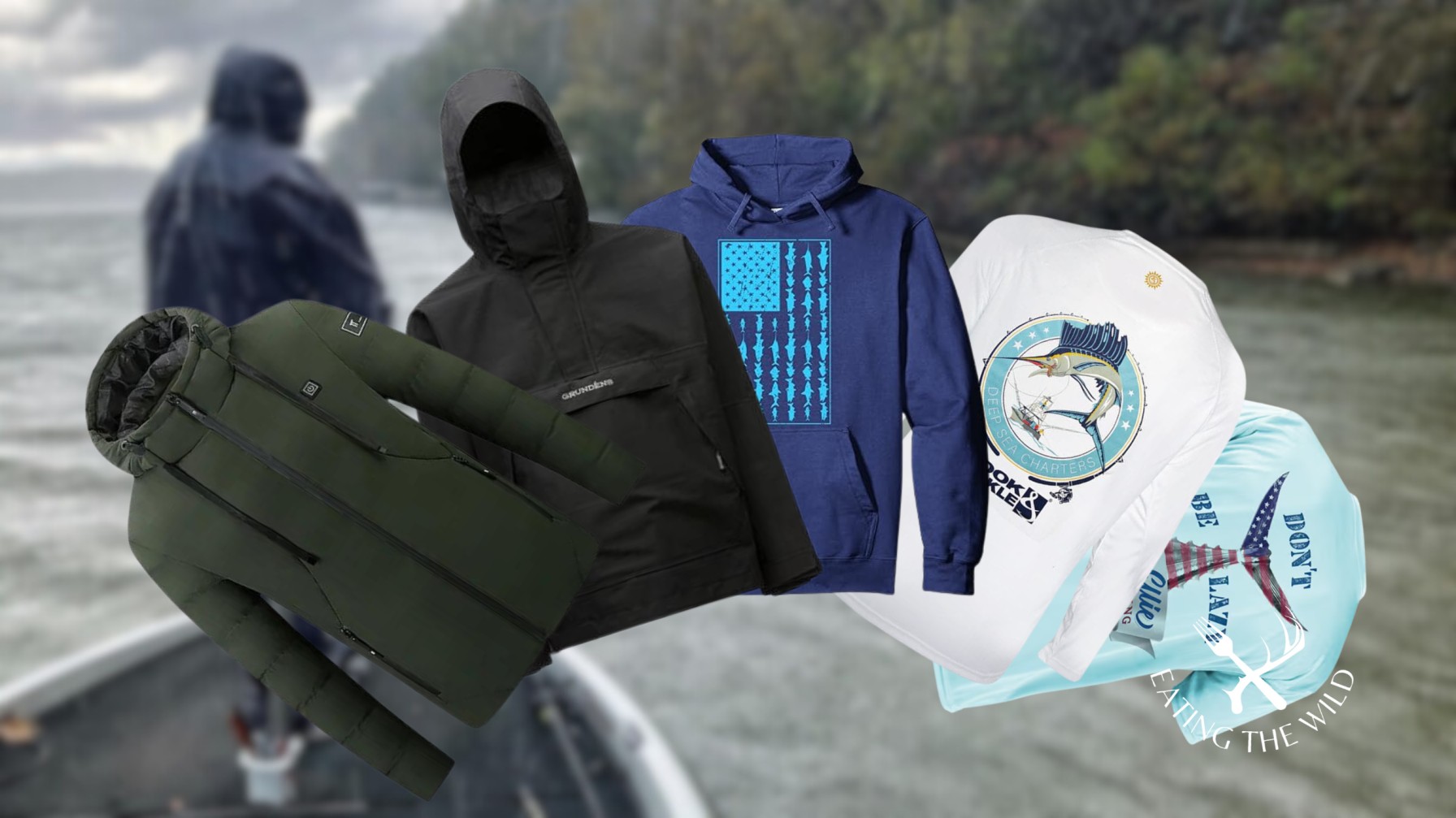
When it comes to deep-sea fishing, the clothing you choose for your upper body plays a crucial role in your comfort and safety. Here’s what you need to know:
Lightweight and breathable clothes
The first rule of thumb when selecting clothes for deep-sea fishing is to opt for lightweight and breathable materials.
Deep Sea Fishing Shirts
Deep-sea fishing shirts are specially designed to withstand the harsh conditions of the open ocean.
Many of these shirts feature long sleeves for added sun protection, and some even come with a hood.
When choosing a fishing shirt, look for features like UV protection, moisture-wicking properties, and quick-drying capabilities. Some shirts also have vented back panels for added breathability, and others have multiple pockets for storing small items like fishing lures or your sunglasses.
Bring a sweater or jacket
Even in the warmest climates, temperatures can drop significantly out at sea, especially in the early morning or late evening. Therefore, it’s a good idea to bring a sweater or jacket along on your fishing trip.
If you’re fishing in colder or windy conditions, consider a fleece jacket or a waterproof coat. These can provide an extra layer of warmth and protect you from rain or sea spray. These jackets are typically made from waterproof materials and have features like adjustable cuffs, hoods, and multiple pockets.
What To Wear On Your Lower Body When Deep-Sea Fishing?
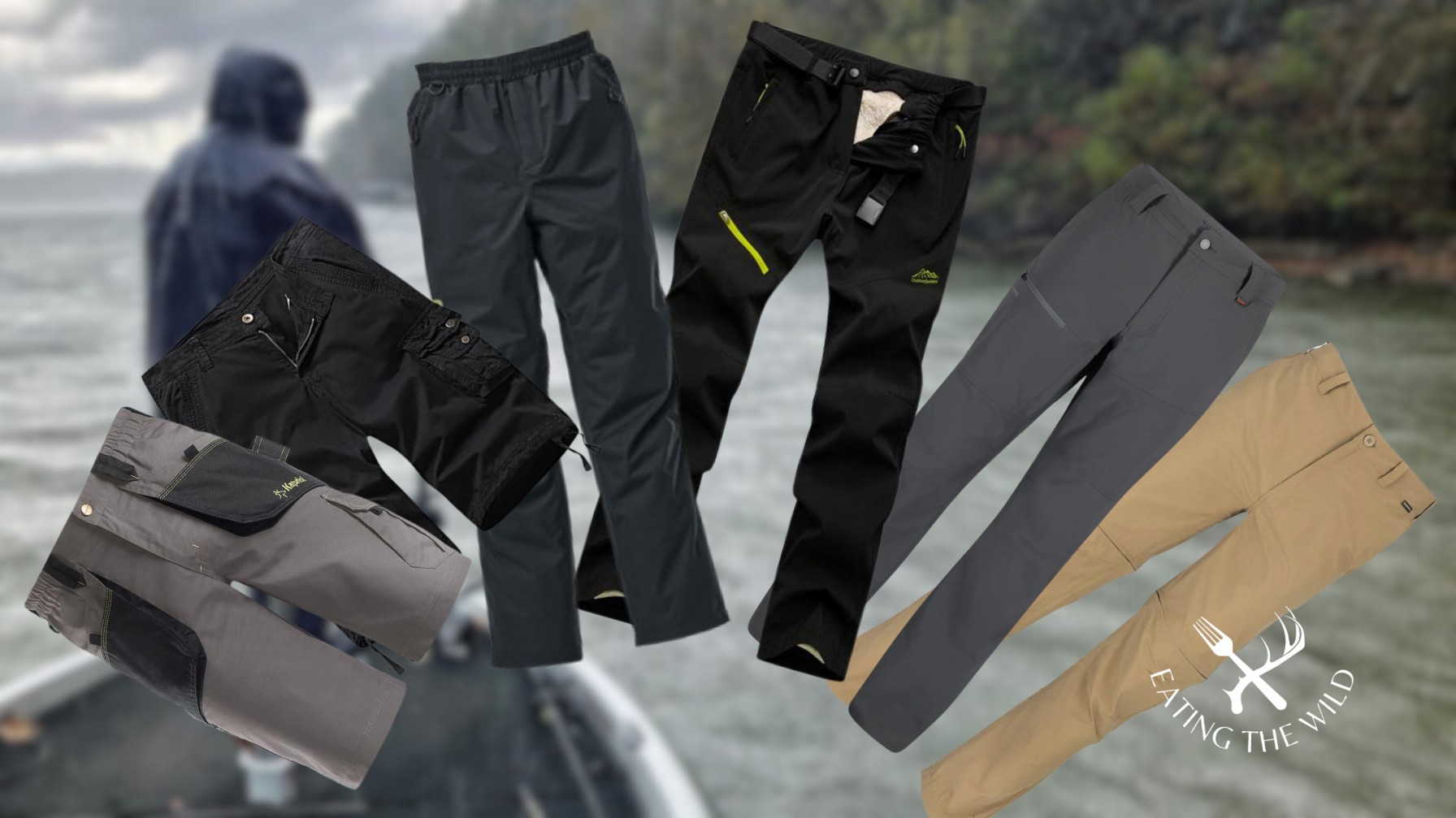
When it comes to the lower body, the choice between long pants or shorts depends on the climate. Both should be made from breathable, loose material, but not so loose that the fabric can get caught in any equipment on the boat.
While it may be warm close to shore, out in deeper waters, it can quickly cool down and get very windy.
When in doubt, bring a pair of shorts and a pair of pants. If the climate is warm enough, you may want to opt for swim trunks instead of shorts. They’ll come in handy if you want to go for a quick dip.
What To Wear On Your Head While Deep-Sea Fishing?
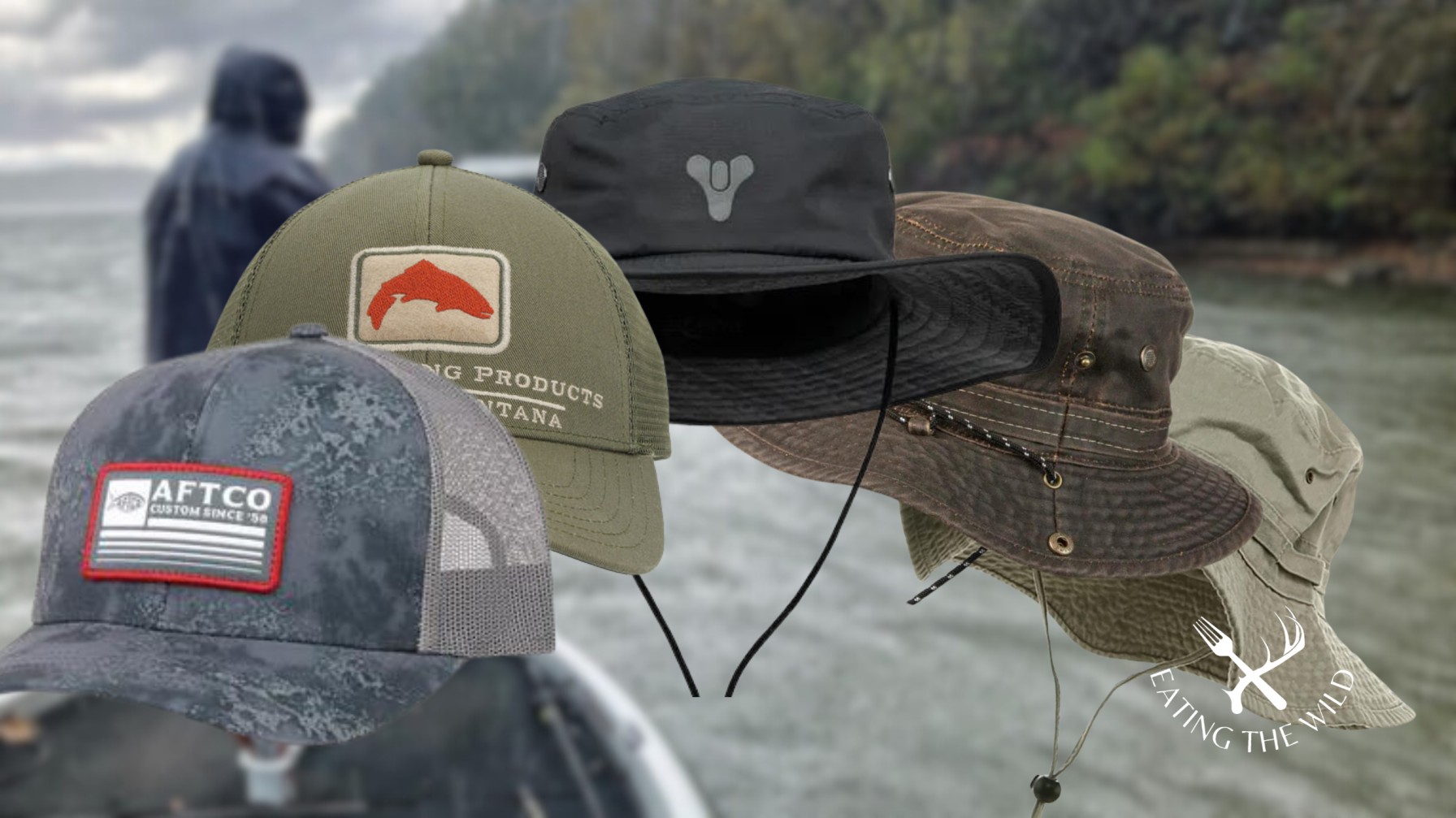
Protection for your head is crucial when deep-sea fishing. A hat with a full brim can provide some protection, but the reflection of the sun on the water can also burn skin and cause irreversible damage.
A gaiter pulls up over your neck, chin, and mouth to offer full fishing sun protection from UV rays bouncing off the water and into your face.
Hat or cap
The choice between a hat or cap depends on the conditions. If it is a warm summer day, a basic fishing or baseball cap will do just fine, just something to keep the sun out of your eyes and keep a bit of wind away from your head.
However, if the temperatures are cool and it is very windy, which it may very well be on the open sea, consider bringing along a winter hat. You can always get a combination winter hat that has a brim to keep the sun out of your eyes and to keep you warm at the same time.
Deep Sea Fishing Shoes and Gloves
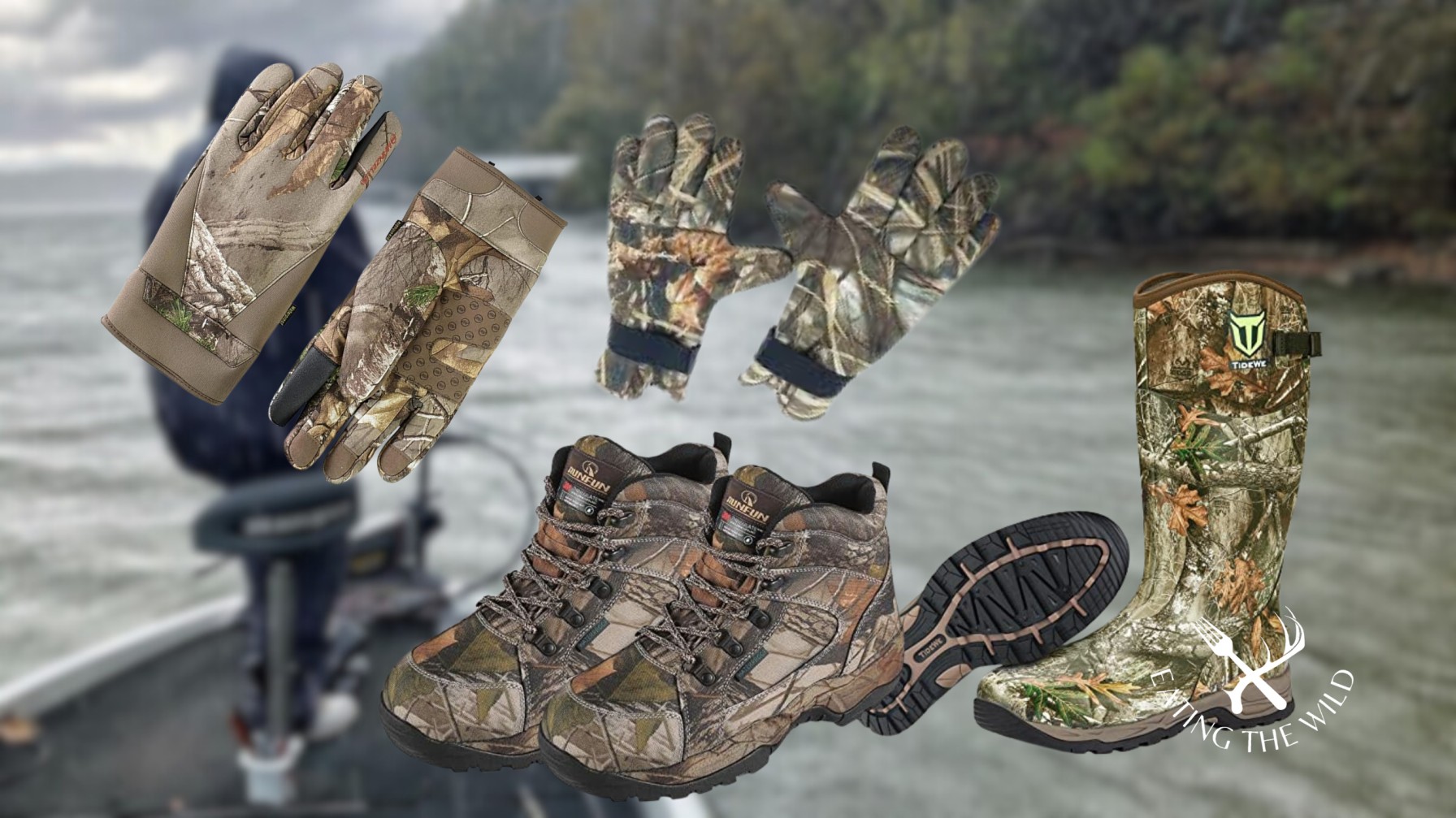
Footwear is another important consideration. Choose sturdy, waterproof, and slip-resistant shoes or boots for safety and comfort. If you’re boarding from the shore and have to wade in shallow water, tall waterproof boots can keep your feet dry.
For gloves, opt for a durable set of fishing gloves. These gloves are great for blocking UV rays from your hands. They’re also anti-microbial and moisture-wicking, so your hands will stay safe, relatively dry, and out of the sun.
Offshore Fishing Bottoms
The offshore bottom environment is a fascinating gift and there are literally thousands of places to explore and find. Remember to consult your latest satellite data on water regimes. You need to find water mass edges, isolated pockets of Gulf water, and temperature and water clarity breaks.
The best fishing, however, is usually on ledges and live bottom areas in 50 to 70 feet of water. These hard bottoms are covered with invertebrates that live permanently on their hard surfaces such as algae, sponges, barnacles, and soft and hard corals.
These reefs are living “Live Bottom” habitat attracting many species of marine life and bait fishes. The ledges, outcrops, and nook/cranny habitat provide food and shelter for fish in the snapper-grouper family.
Other Wearables To Consider When Deep-Sea Fishing
Polarized sunglasses:
These are essential as they reduce glare from the water, allowing you to see beneath the surface. They also protect your eyes from harmful UV rays.
Sunscreen or Sunblock:
It’s crucial to protect your skin from the sun’s harmful rays when you’re out on the water. Choose a broad-spectrum sunscreen with an SPF of at least 30. Remember to reapply every two hours and after swimming or sweating.
Lip Balm Chapstick with SPF:
Your lips also need protection from the sun. Choose a lip balm with an SPF of at least 15 to keep your lips moisturized and protected.
What to Bring to a Deep Sea Fishing Trip
Fishing gear:
This includes rods, reels, and bait. Some charter services provide these, but it’s always good to check beforehand.
First Aid Kit:
This should include band-aids, antiseptic, motion sickness medication, and any daily prescription medication you take.
Food and Drink:
Pack a cooler with a packed lunch and plenty of water. It’s also a good idea to bring some snacks for the trip.
Clothing:
Dress in layers to adapt to changing weather conditions. Bring a hat for sun protection and rubber-soled shoes for grip.
First Aid: Deep Sea Fishing Preparation
Motion Sickness Medication:
If you’re prone to seasickness, take motion sickness medication an hour before you get onto the water.
Prescription Medication:
If you take daily medication, bring an adequate supply for the entire trip.
Food and Drink: What to Eat Deep Sea Fishing
Protein-packed sandwiches:
These will keep you full for hours and provide you with the energy you need.
Fruits and salads: These provide essential vitamins and hydration.
Beef and hard-boiled eggs:
These are great sources of protein.
Protein bars:
These are a convenient and quick source of energy.
Best Snacks to Bring for Deep Sea Fishing Trip
Trail Mix and Granola Bars:
These are easy to carry and provide a quick source of energy.
Cheese Crackers and Chips:
These are great for munching in-between meals.
Fruits:
Easy to pack and eat, fruits like bananas, oranges, and apples provide nutrients, fiber, and hydration.
Beef Jerky:
This provides a protein boost in-between meals.
What To Wear Deep Sea Fishing: Trip Checklist
- Sunglasses: Protect your eyes from the glare of the sun reflecting off the water.
- Hat: A hat will provide shade and protect your face and neck from sunburn.
- Gloves: Protect your hands from line cuts and cold weather.
- Sunscreen: Protect your skin from harmful UV rays.
- A Shirt & Sweater: Dress in layers to adjust to changing weather conditions.
- A Hoodie: Useful for colder weather or wind.
- A Waterproof Coat: Protects you from rain and sea spray.
- Pants and/or Long Johns: Choose quick-drying, lightweight pants for comfort.
- Waterproof Pants or Overalls: Keeps you dry during wet weather or high seas.
- Socks + Extra Socks: Keep your feet warm and bring an extra pair in case the first pair gets wet.
- Waterproof Boots/Shoes: Non-slip, waterproof footwear is essential for safety on a wet deck.
- Food & Water: Bring enough for the duration of the trip, plus some extra in case of delays.
- Emergency Supplies: Include a first aid kit, medications, and any other necessary supplies.
- A Life Preserver: Safety first! Make sure there are enough life preservers for everyone on board.
- All of Your Fishing Gear: Don’t forget your rods, reels, tackle, and bait
What Not To Bring
Drugs & Alcohol:
These can impair your balance and judgement, increasing the risk of accidents.
Shorts:
They offer less protection against sunburn, cold, and line cuts.
Expensive Electronics & Anything Fragile: The sea environment can be harsh and damaging.
Freshwater Gear:
Saltwater fishing requires specific gear that can withstand the corrosive sea water.
FAQ
What shoes do you wear for deep sea fishing?
Non-slip, waterproof footwear is essential for safety on a wet deck. Some people prefer boots for more support and protection, while others prefer lighter shoes for warmer weather.
Can I wear flip flops deep sea fishing?
It’s not recommended due to their lack of protection and support. Flip flops offer no traction or stability on a wet deck, increasing the risk of slips and falls.
How do you prepare for deep sea fishing?
Preparation includes checking the weather forecast, packing the right clothing and gear, bringing enough food and water, and familiarizing yourself with safety procedures.
Should You Eat Before Going Deep Sea Fishing?
Yes, it’s recommended to eat a light meal before heading out to prevent seasickness and provide energy for the trip.
How to Prevent Sea Sickness when Deep Sea Fishing?
Prevention methods include staying hydrated, avoiding heavy meals before the trip, and taking seasickness medication if necessary.
Can You Go Deep See Fishing While Pregnant?
It’s generally advised for pregnant women to avoid deep sea fishing due to the potential risks involved, such as motion sickness and the lack of immediate healthcare access.
Is Deep Sea Fishing Better in Morning or Afternoon?
It depends on the species you’re targeting. Some fish are more active in low light conditions, so early morning or late afternoon might be better. However, many fish are active throughout the day.
How Dangerous is Deep Sea Fishing?
While there are risks involved, such as unpredictable weather and sea conditions, proper preparation and adherence to safety guidelines can significantly reduce these risks. Always prioritize safety when planning a deep sea fishing trip.
